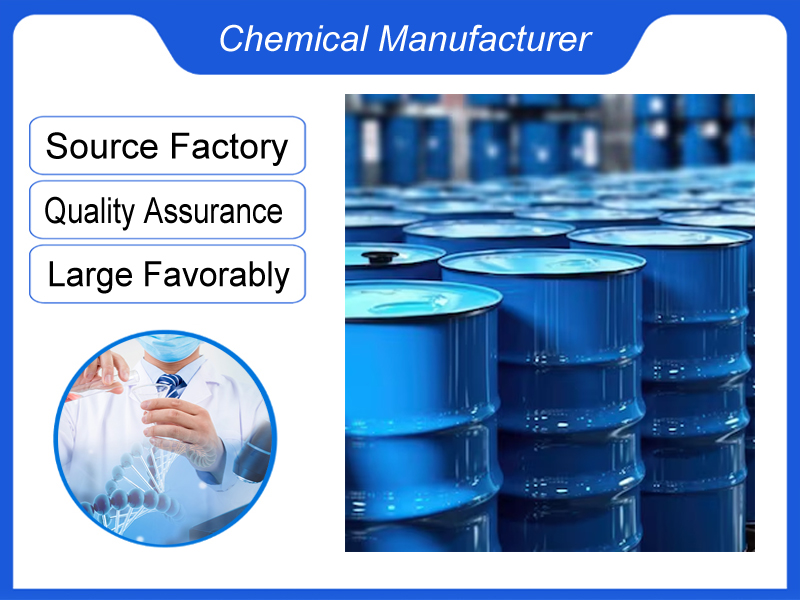Introduction
Basic Information
| Property |
Details |
| Chemical Name |
3.3′-dihydroxy-4.4′-dione-β,β-carotene |
| Common Names |
Astaxanthin, Astaxanthine, Haematococcusin |
| Formula |
C40H52O4 |
| Molecular Weight |
596.86 g/mol |
| Appearance |
Red crystalline powder |
Occurrence and Sources
| Source |
Description |
| Natural Sources |
Found in many red-colored freshwater and marine aquatic organisms, such as shrimp, crabs, salmon, and algae |
| Commercial Production |
Primarily sourced from the microalgae Haematococcus pluvialis |
Chemical and Physical Properties
| Property |
Details |
| Solubility |
Liposoluble and insoluble in water but soluble in organic solvents |
| Stability |
Stable under normal conditions but sensitive to light and oxygen |
Biological Activities and Health Benefits
| Benefit |
Description |
| Antioxidant Properties |
Strong antioxidant activity, 550 times that of Vitamin E and 10 times that of β-carotene |
| Anti-inflammatory |
Demonstrated anti-inflammatory effects |
| Antidiabetic Activity |
Potential in managing blood sugar levels |
| Cancer Prevention |
Research suggests it may have chemopreventive properties |
| Cardiovascular Health |
Supports heart health by reducing oxidative stress |
Storage and Handling
| Recommendation |
Details |
| Storage Conditions |
Store in a cool, dry place away from light and oxygen |
| Shelf Life |
Varies based on storage conditions but typically several years |
Disclaimer: The above content is for reference and communication only among industry insiders, and does not guarantee its accuracy or completeness. According to relevant laws and regulations and the regulations of this website, units or individuals who purchase related items should obtain valid qualifications and qualification conditions.
If you're ready to take the next step, Leave your message below and we’ll reply soon. 20+ years of chemical manufacturing & export experience, a partner you can trust.
Inquiry






